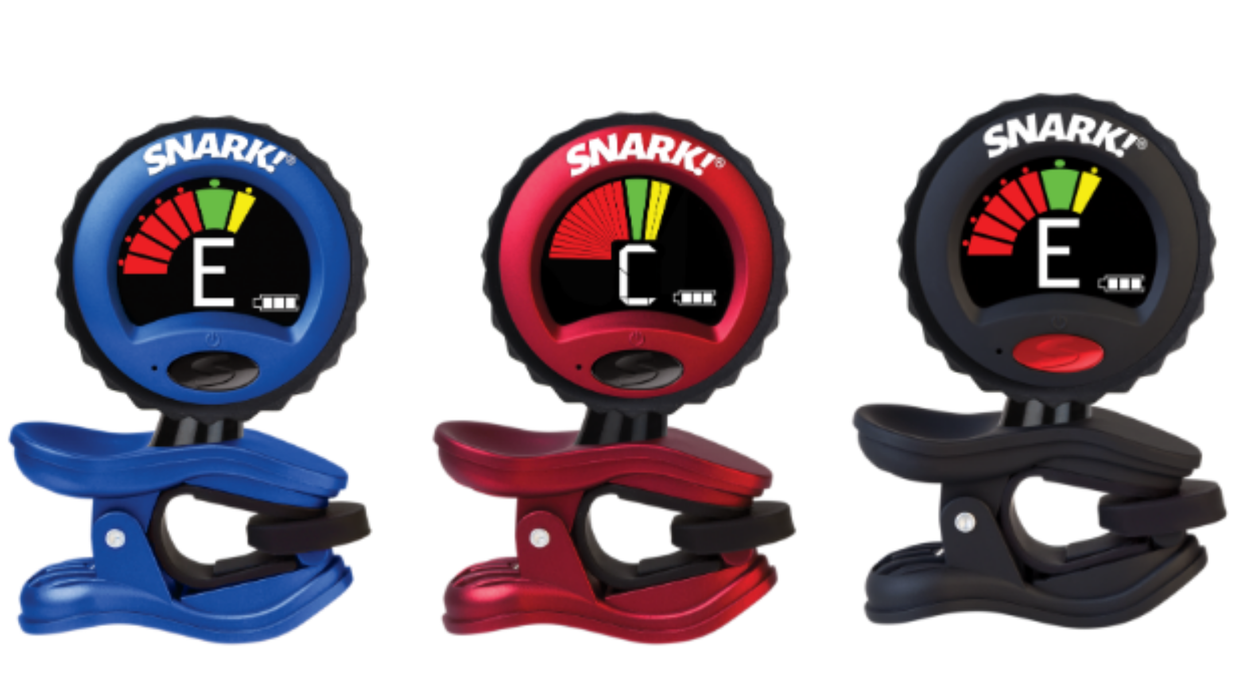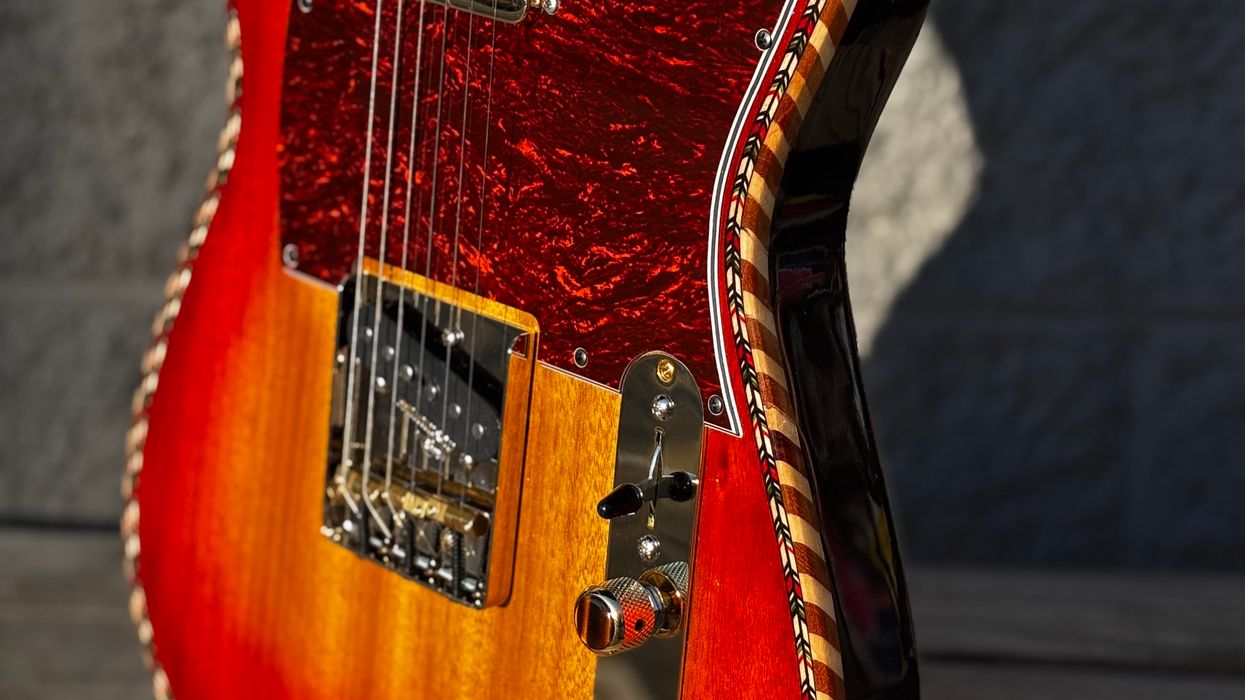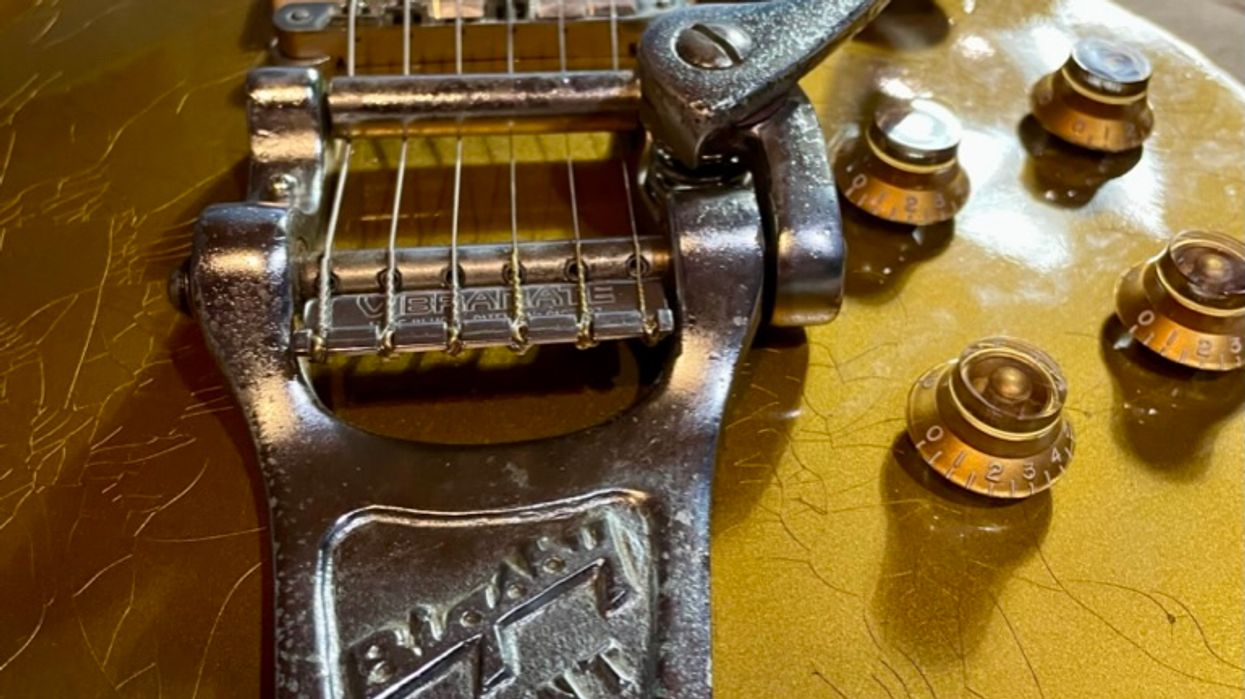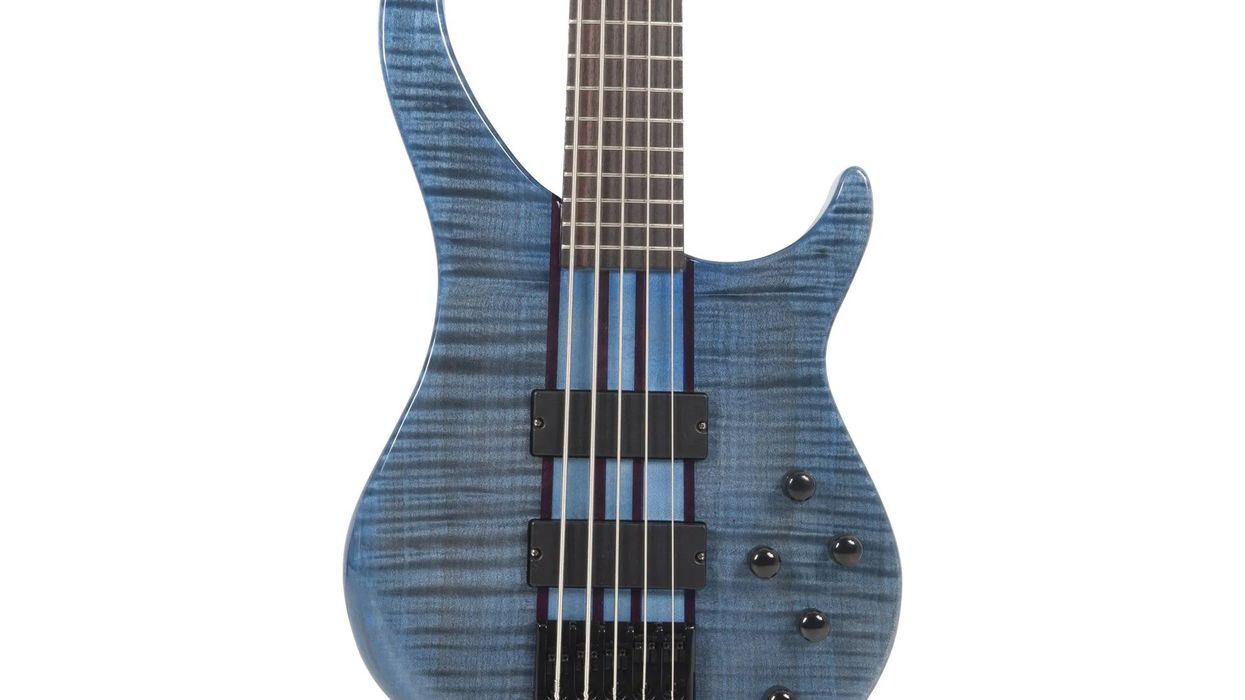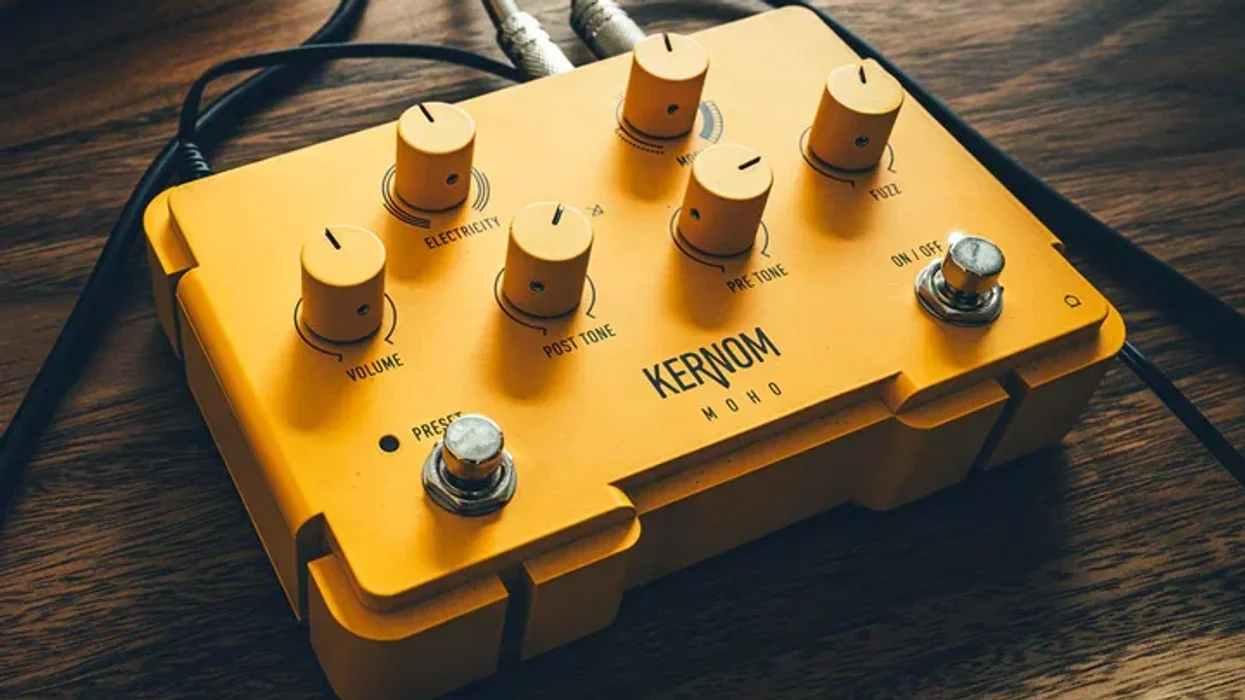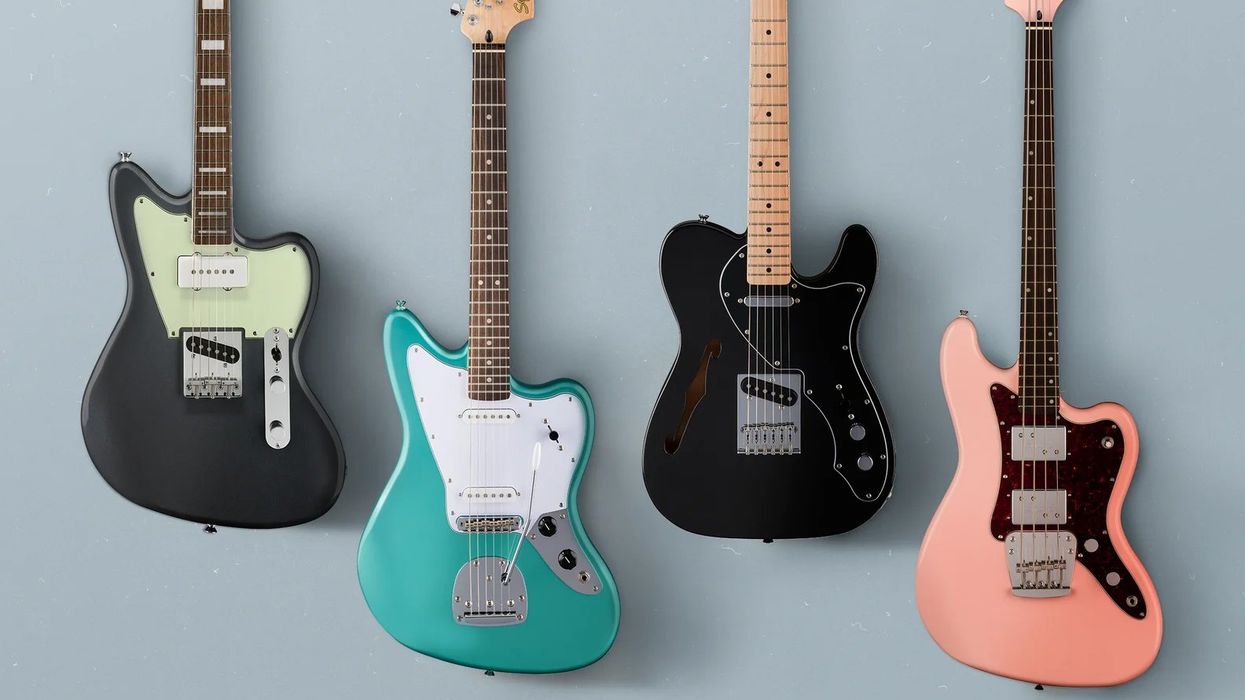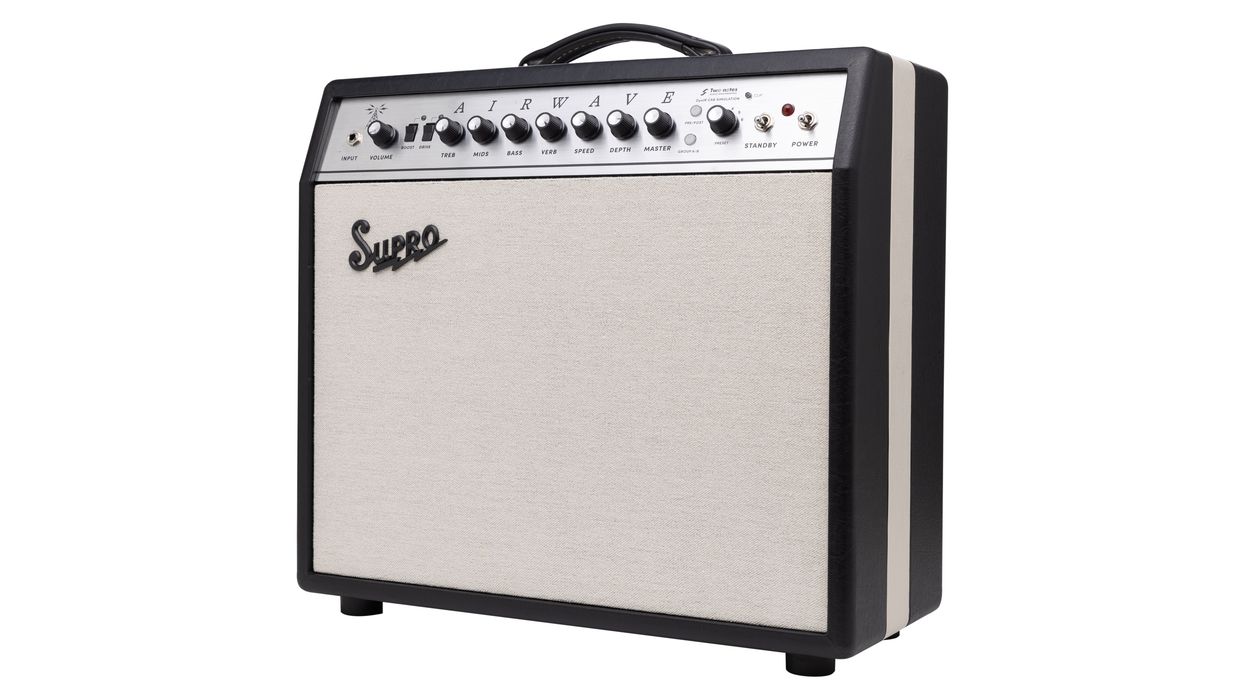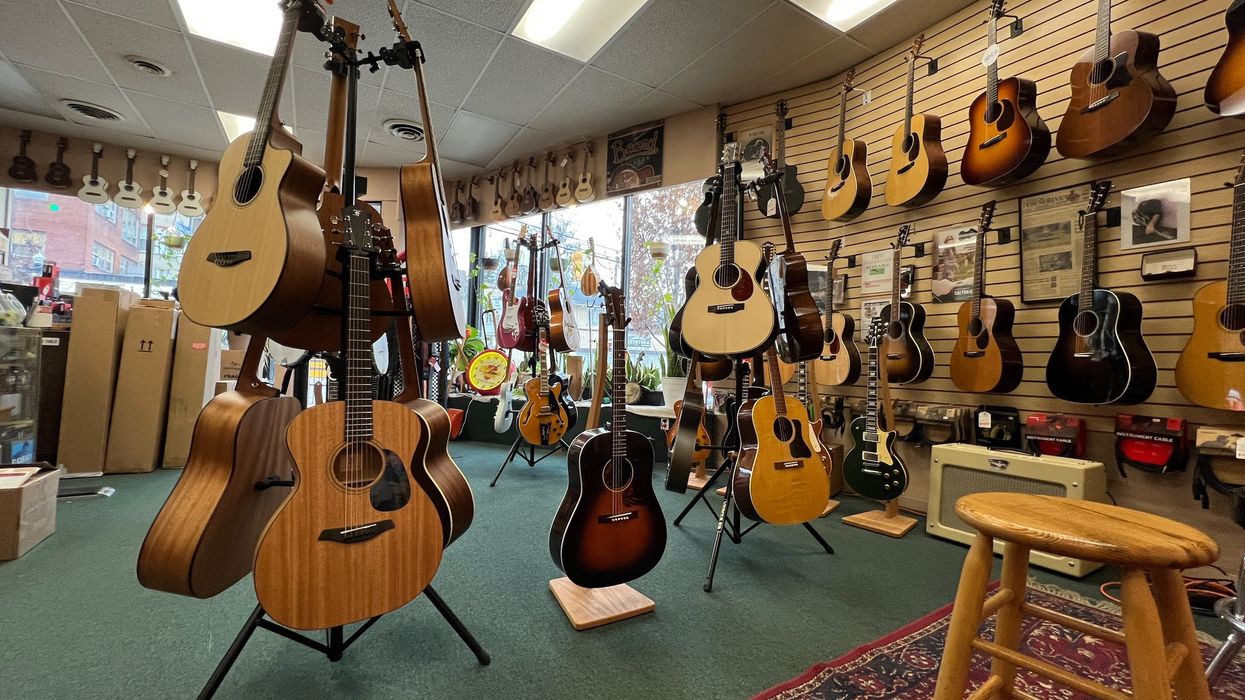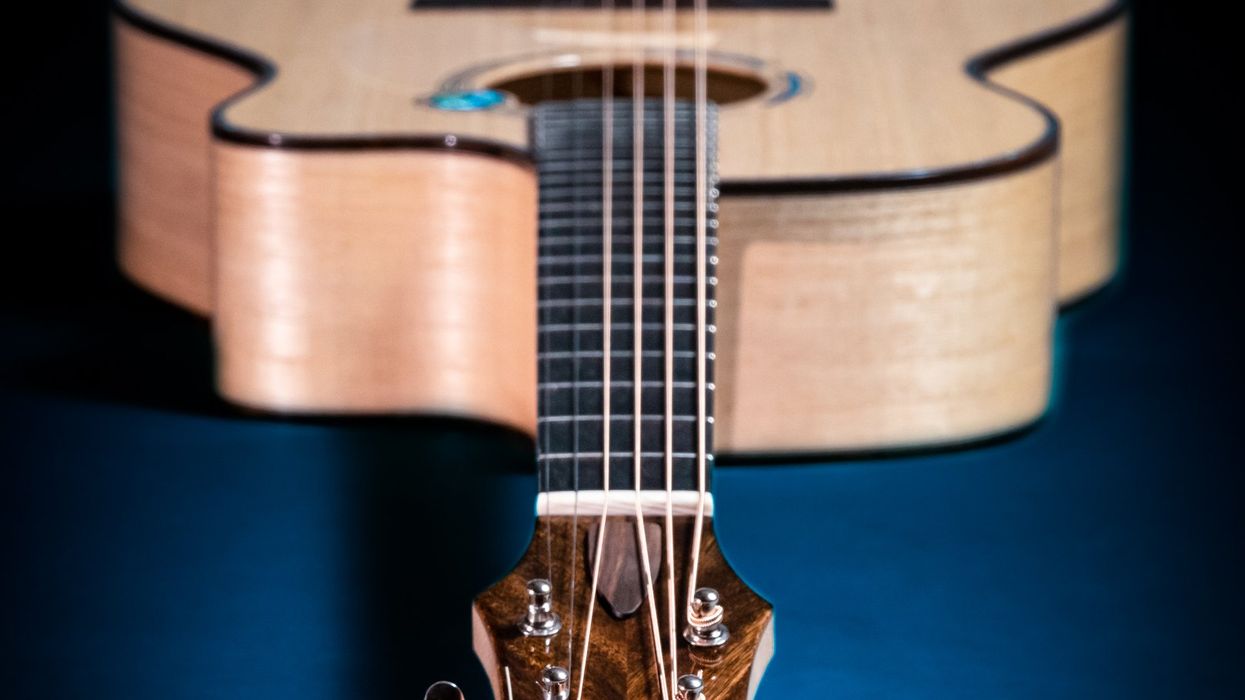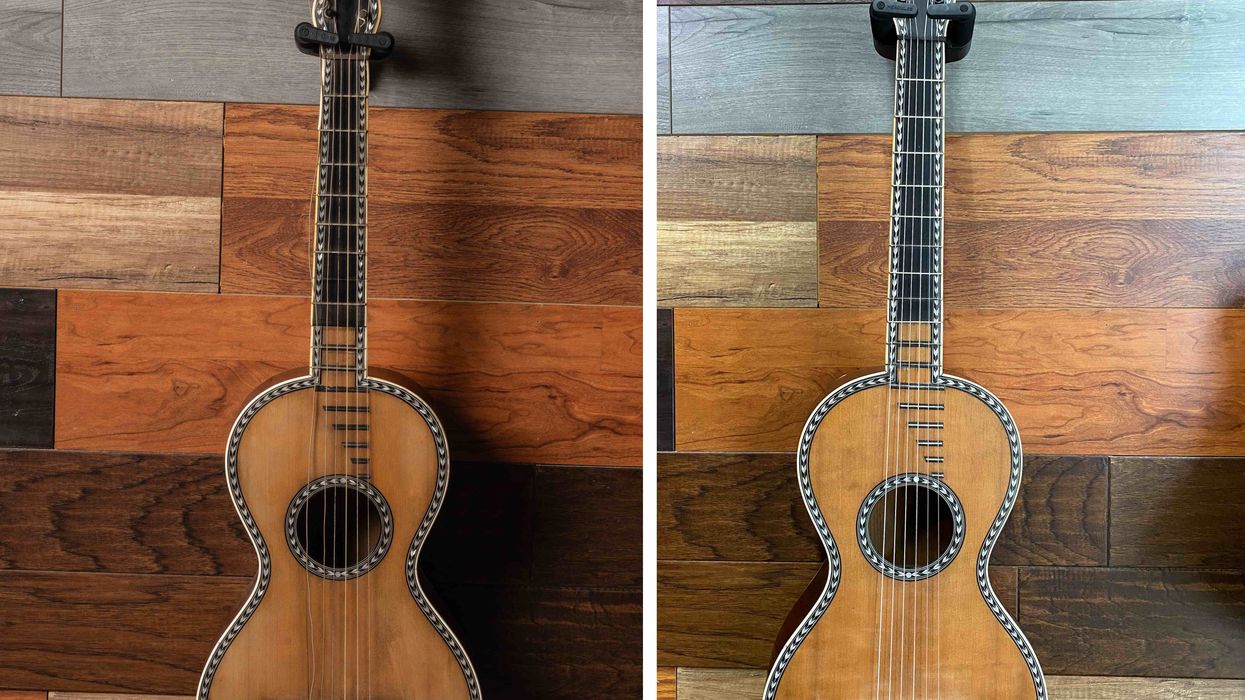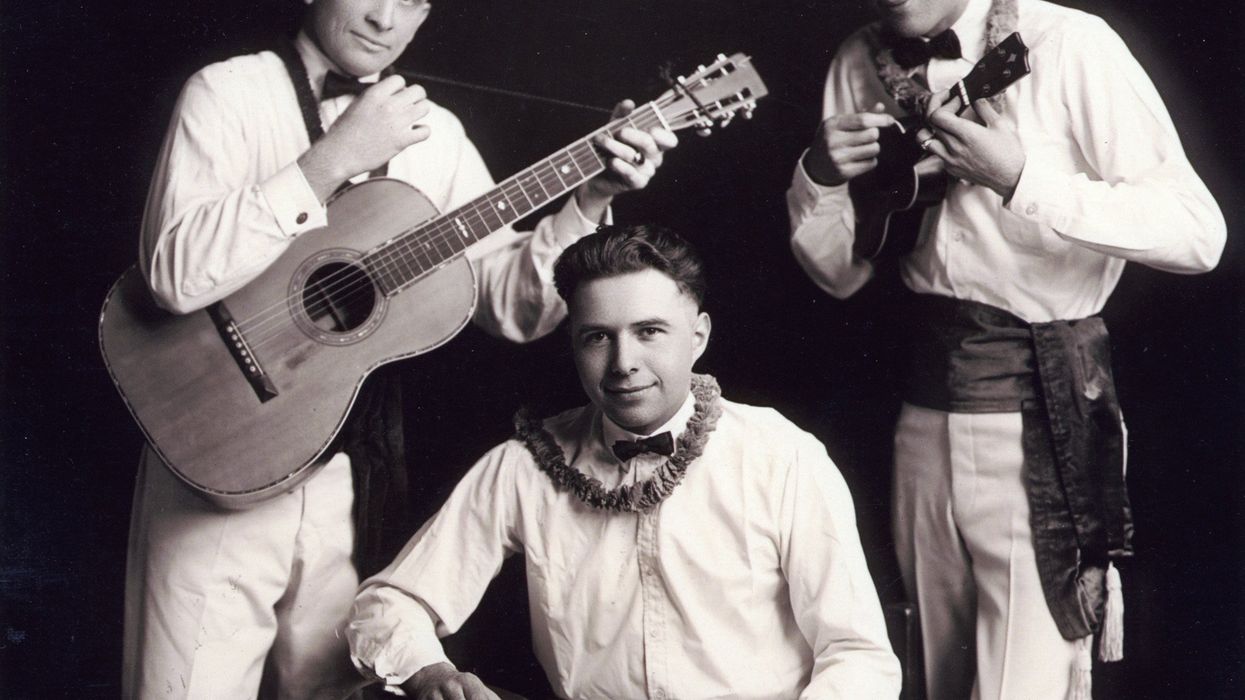As people browse the used guitars section of the music store where I work, one question pops up repeatedly: “Where do all these guitars come from?" People who've watched too many episodes of Pawn Stars probably think we prey on guitarists down on their luck. It's easy to imagine a software engineer selling his beloved Strat rather than getting evicted from an overpriced apartment, or a college student trying to avoid more student loan debt by selling the fancy Taylor she acquired with hopes of becoming the next Taylor Swift. But the reality is usually far less desperate or dramatic, and most customers we buy guitars from don't need money as much as they need more space in their closet.
Recently, a familiar customer came in with a half dozen nice acoustics to sell on consignment. When he mentioned that he wanted to bring other guitars as well, I asked if he was still playing. “Oh sure, more than ever," he replied. “But my goal now is to get down to under 100 guitars." A co-worker gasped, which prompted our customer to explain, “Hey, when I had the middle-age crazies, I didn't buy a Ferrari or get divorced to chase women half my age. I bought guitars." You have to admit that compared to most divorces and almost all exotic sports cars, guitars are an inexpensive habit—even if you wind up buying far too many of them. You can buy a lot of guitar strings for what it costs to have a Ferrari's oil changed.
While amassing over 100 guitars may seem extreme, large collections are more common than you might think. Starting in the early 1990s, guitar manufacturers like Fender, Gibson, Martin, and Taylor began to offer dozens of new models each year, along with limited editions that seemed specifically aimed at collectors. The whole “boutique" luthier movement was also beginning to take off at the same time, and soon there were exhibitions where buyers could see and play guitars made by dozens of independent guitar makers assembled under one roof. Some luthiers soon had waiting lists and began raising their prices, but offered to lock in buyers at the old price if they gave a deposit. Since this was when prices for vintage guitars were constantly escalating, it seemed that almost any guitar you really wanted was going to cost more next year, so why wait to buy it?
a Ferrari's oil changed.
Baby boomers (99 percent of them male) were the primary demographic driving sales of relatively expensive guitars, and guitars weren't the only items that caught the eyes of such a large group with disposable income. Expensive watches, first editions, and Harley Davidsons are just a few examples on the long list of items that are often purchased in multiples over several years. Once you'd acquired two or three different Eric Clapton model Martin guitars, it was hard to resist the next variation to be offered—as if they were a family that begged to be together. Some of these serious guitar fanatics would admit they were collectors while others avoided the term. “I'm not a collector," one of them told me. “I just like lots of different sounding guitars."
Both solo luthiers and the custom shops of industry giants like Fender and Taylor quickly figured out that more variety and choices meant more sales. Even as recently as the 1980s, you could choose between guitars made of mahogany, rosewood, maple, and sometimes koa. And that was about it. But by the late 1990s, exotic names extended the tonewoods menu to new and distant horizons: Amazon rosewood, bubinga, Macassar ebony, zebrawood, and ziricote to name just a few. Top-wood options were also extended as Adirondack spruce reappeared along with spruces we'd never heard of, like Carpathian. Once special decorations made possible by pearl-inlay artists were added, the result was like a smorgasbord for overeaters. What often began as a humble little closet collection of guitars swelled to vault-like rooms with 24/7 climate control.
But attitudes about “stuff" in general tend to change when people get to be around 60 years old, with their thoughts usually turning to trimming collections rather than adding to them. Dealers in high-end watches and other collectables all agree: The same guys who used to be their best customers are now their best source of inventory. Baby boomers are still a major force in driving the guitar market by driving their own collections in a new direction. As a result, anyone interested in high-quality used guitars can look forward to interesting choices in the next few years.
What about our less-than-100-guitars guy? He'll be fine. Those hands that never got to grip the steering wheel of a Ferrari are still pretty nimble on a guitar neck, and he'll probably always have lots of different neck shapes to choose from. Just not over 100.



